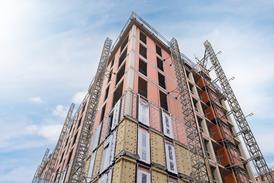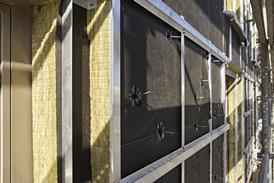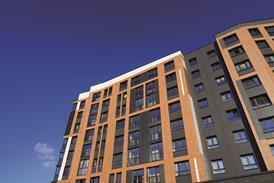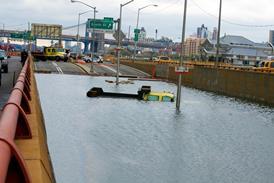- News

All the latest updates on building safety reformRegulations latest
- Focus
Close menu
- Home
- News
- Focus
- Comment
- Events
- CPD
- Building the Future
- Jobs
- Data
- Subscribe
- Building Boardroom
Cost model: Museums
By Davis Langdon, Neal Kalita and Davis Langdon Davis Langdon Neal Kalita2006-09-29T00:00:00

Museums and galleries have to be more high-tech, sustainable and visitor-friendly than ever before. Neal Kalita of Davis Langdon runs through the funding, design and environmental issues as well as breaking down the costs of a new-build extension for a museum
This is PREMIUM content
available to Building Boardroom and Building subscribers only
You are not currently logged in. Building Boardroom Members and Subscribers may LOGIN here.
Become a Building Boardroom Member

to read this report now, plus have unlimited access to:
- Exclusive research and client insight to support your strategic planning
- Benchmark reports, and proven tools to aid your business development
- Attend bespoke community events…plus much more
Alternatively…
Become a Building subscriber
to gain access to building.co.uk for the latest news, expert analysis & comment from industry leaders, plus data and research.
Already a Boardroom member? Log in here.


















